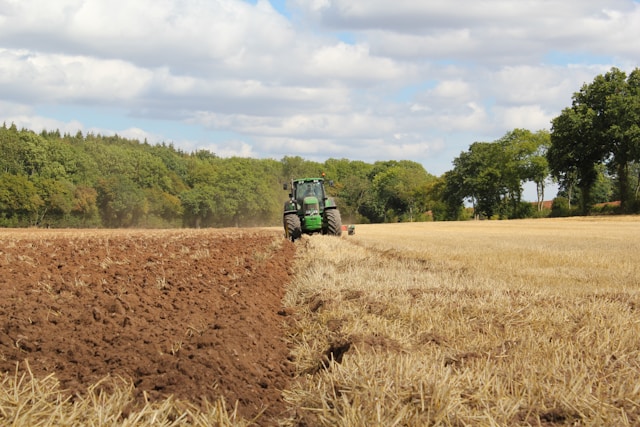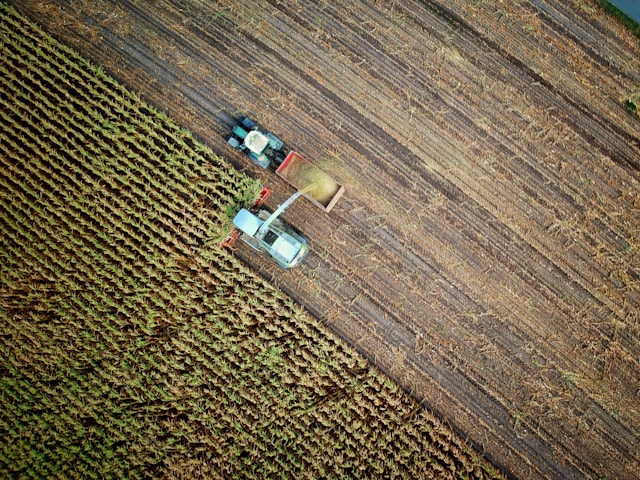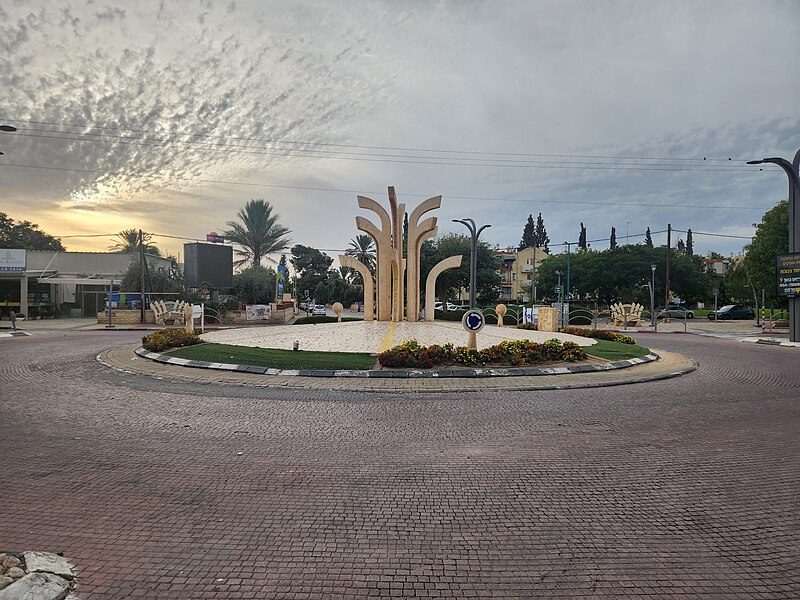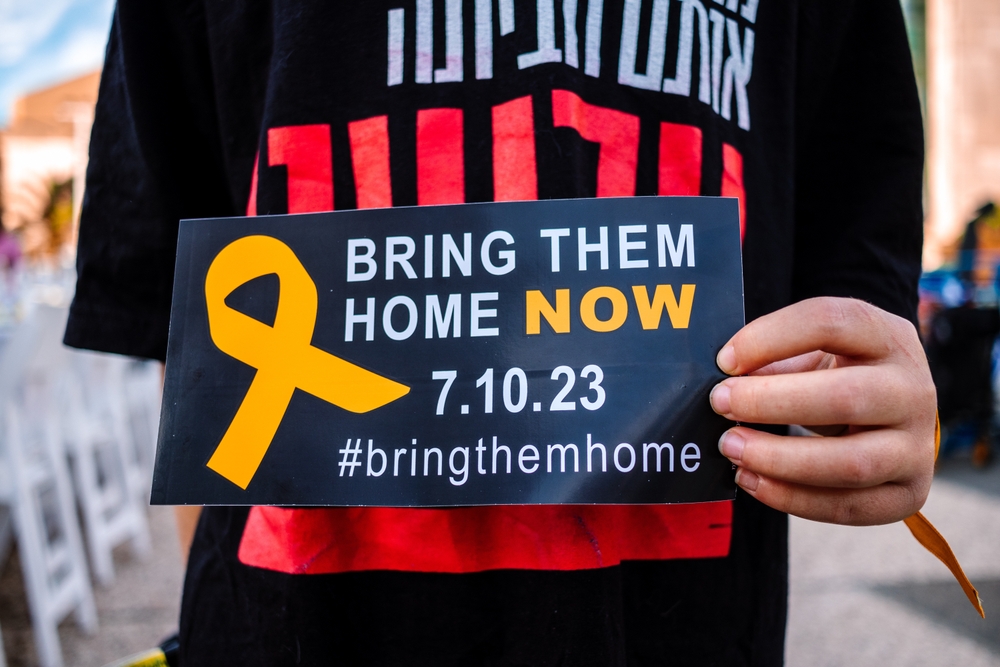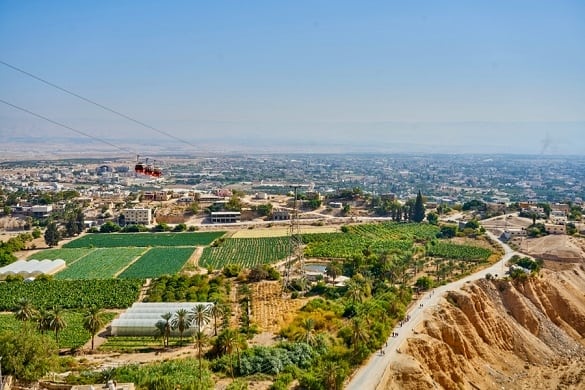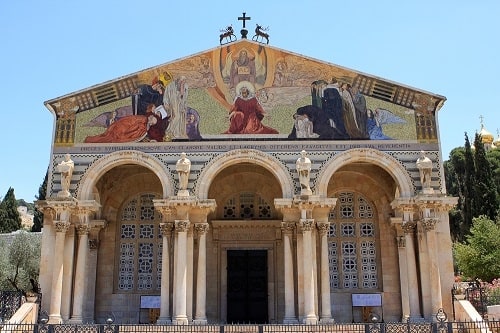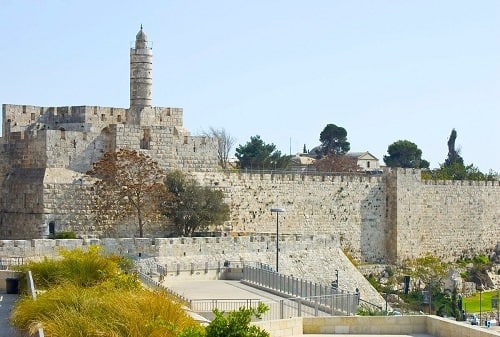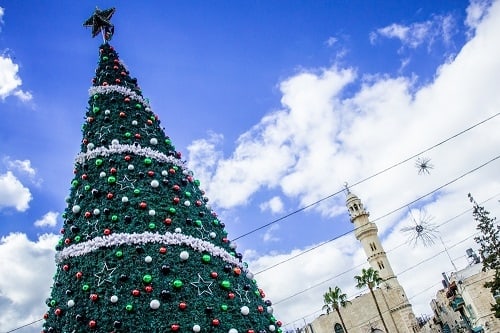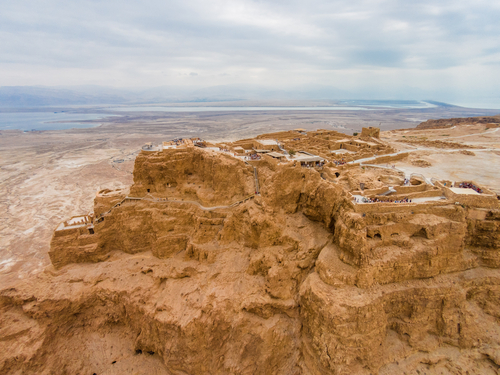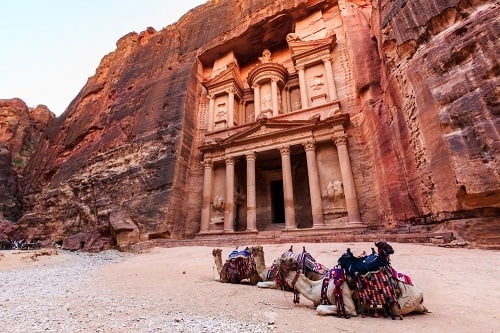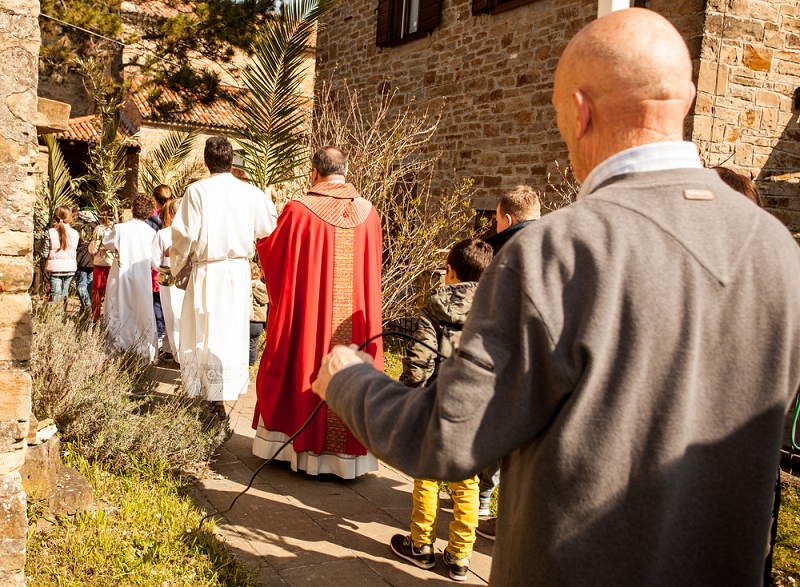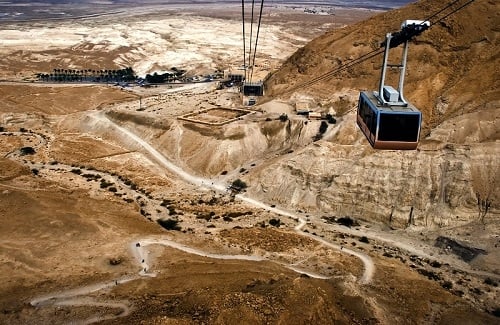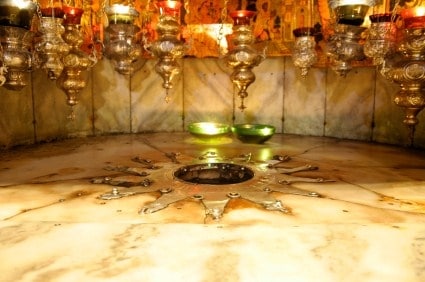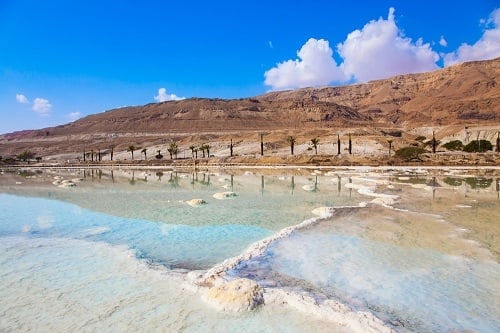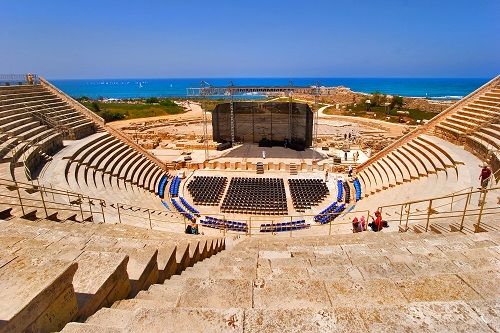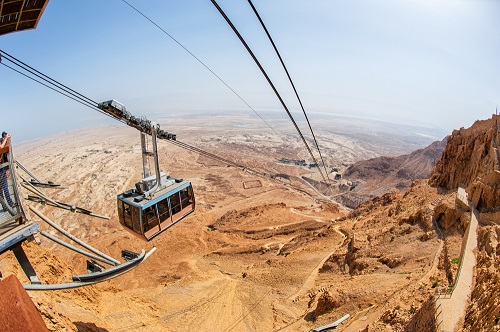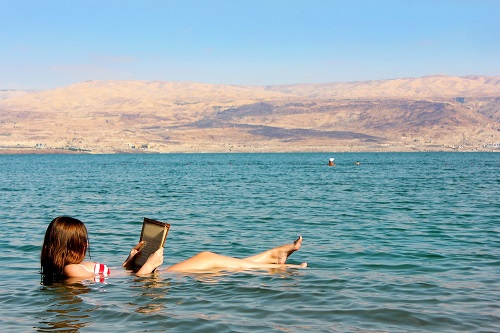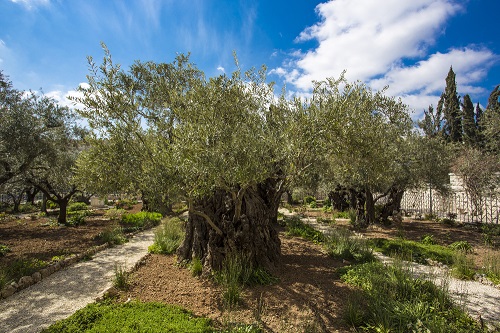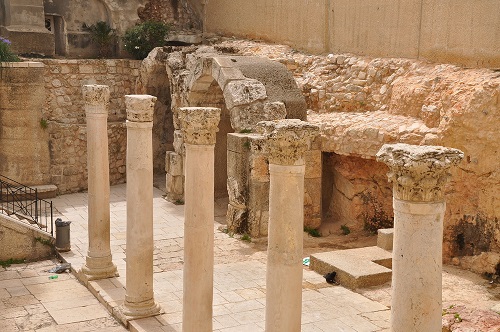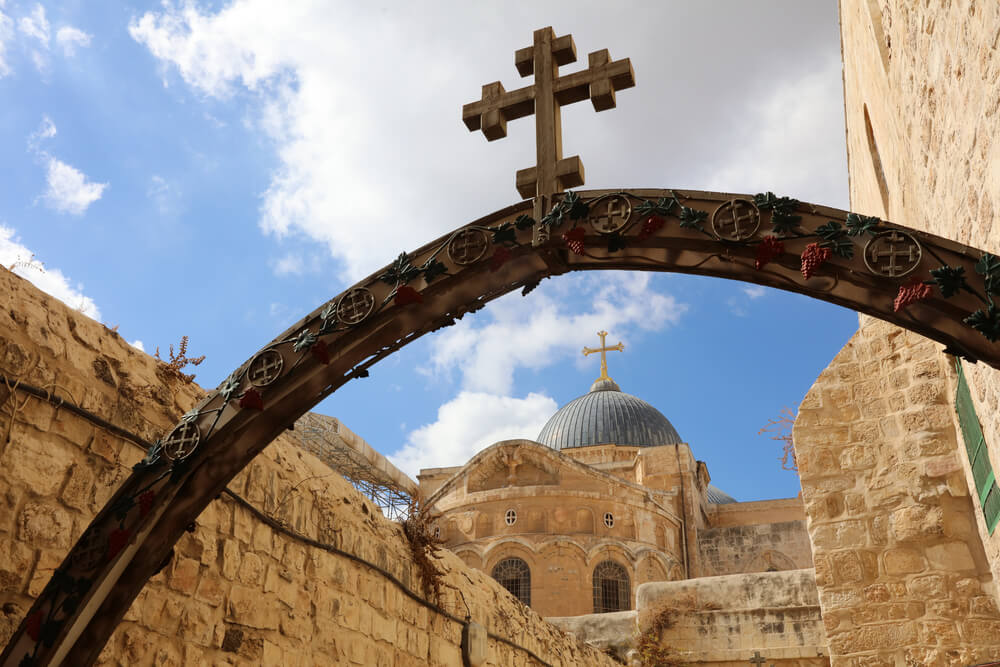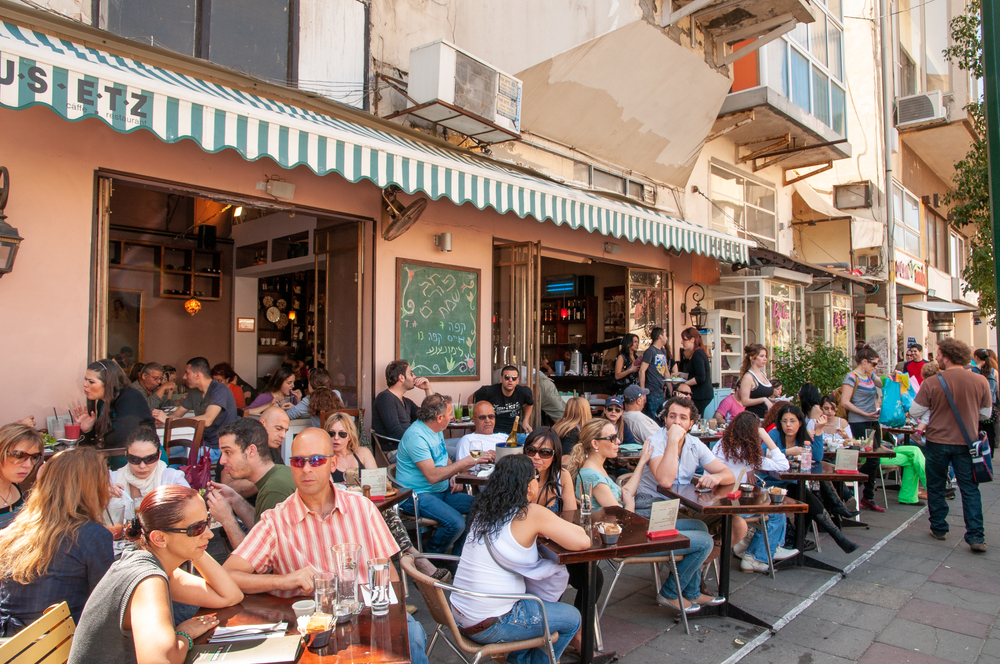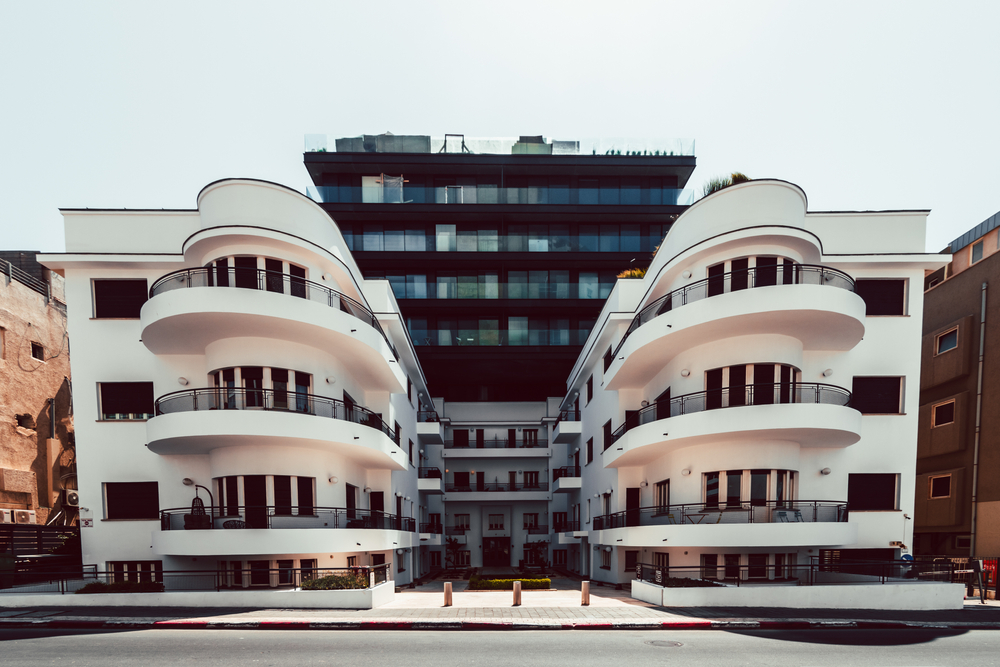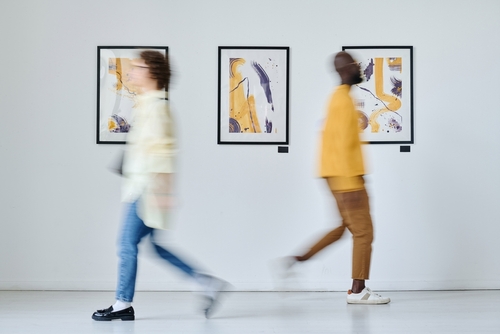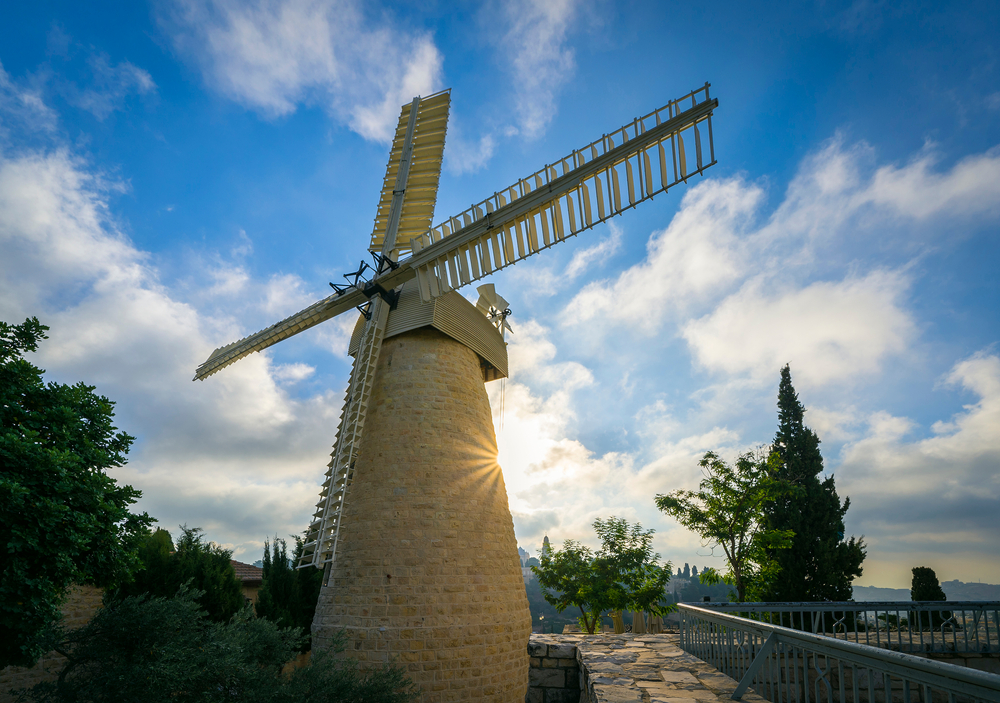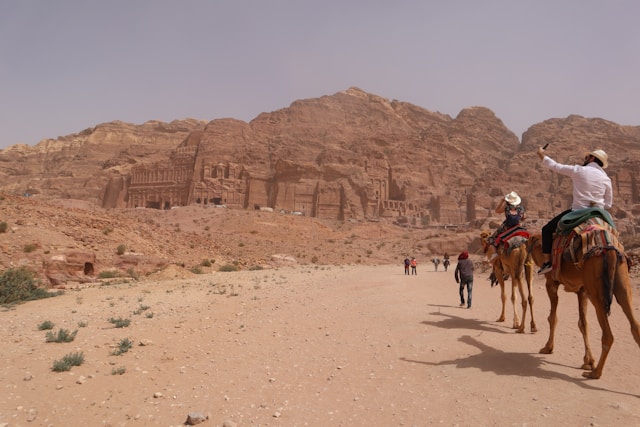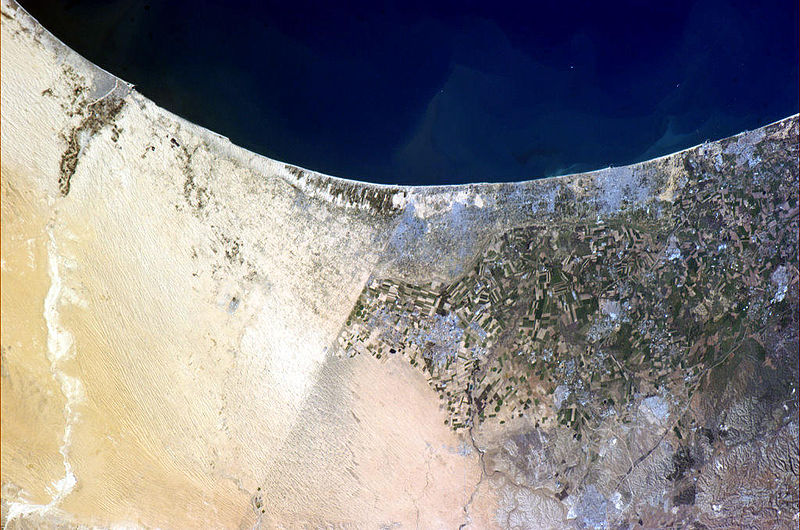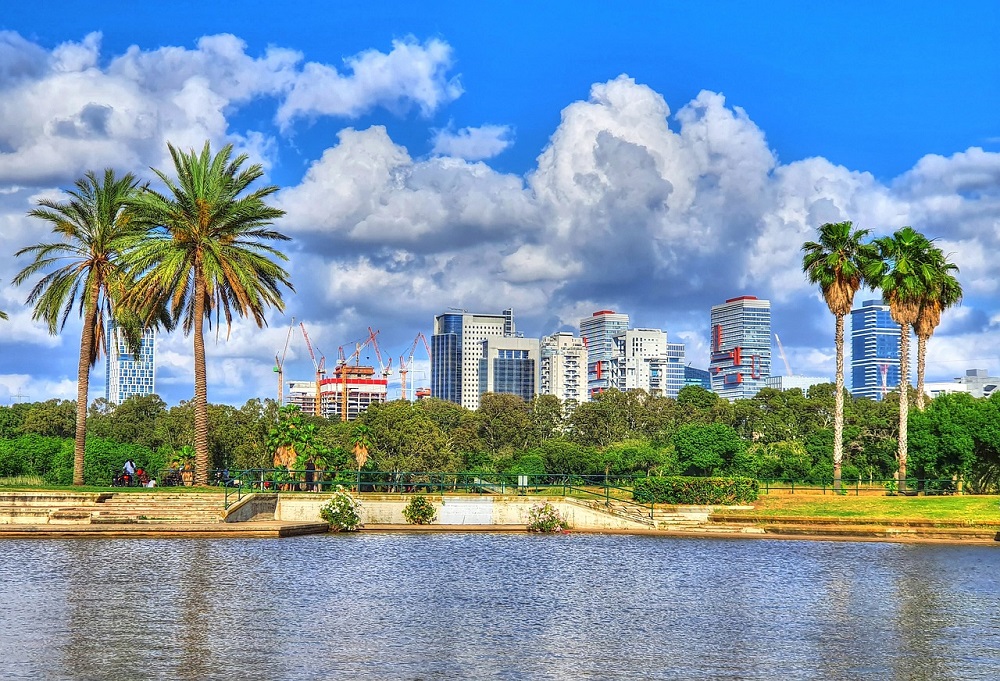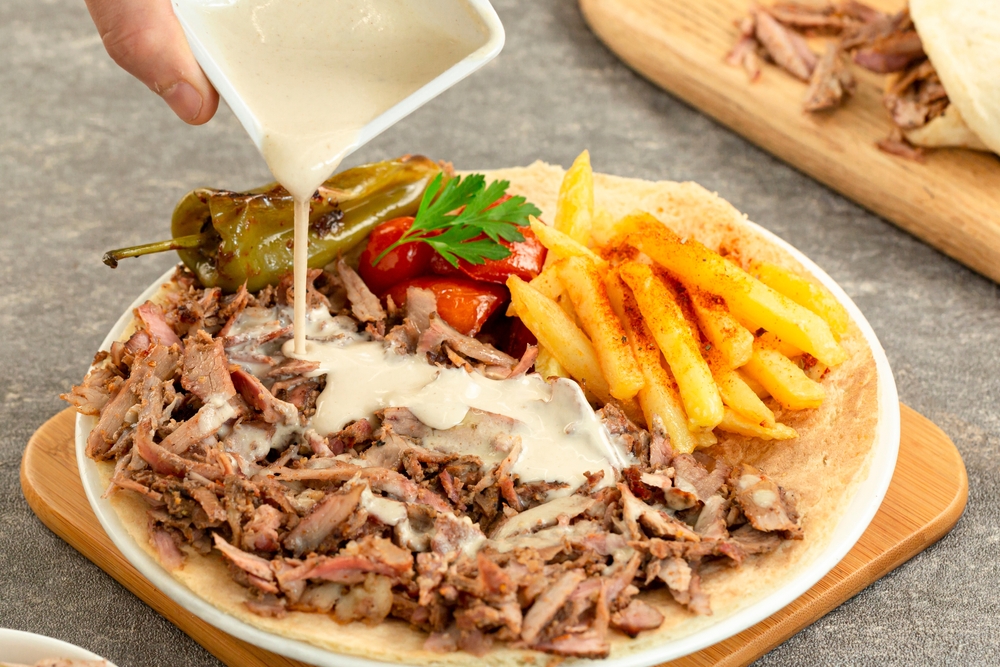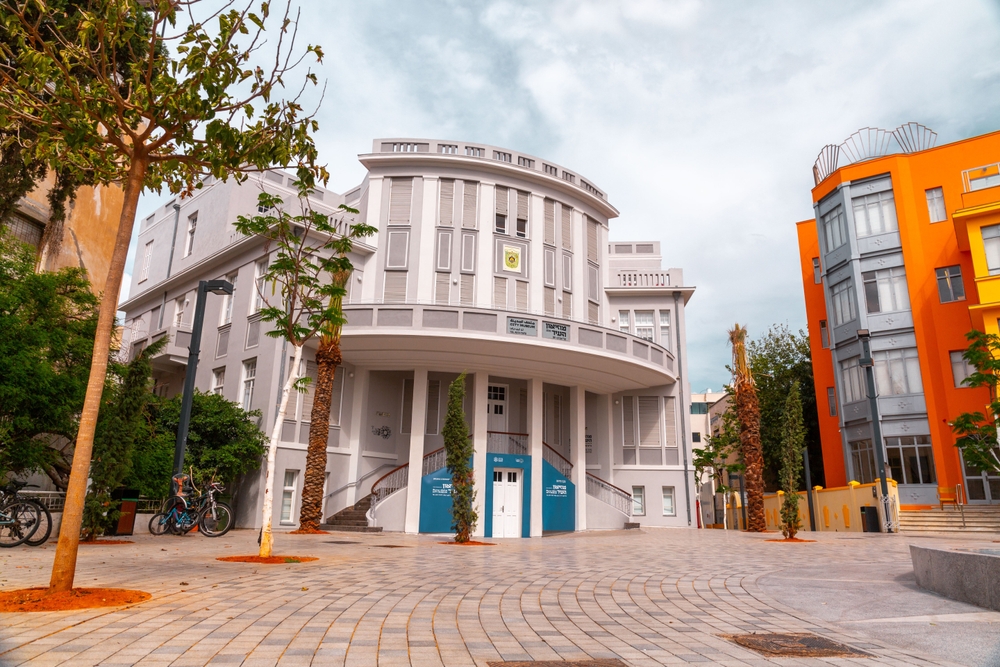Shopping Guide in Tel Aviv: Markets, Malls, and Unique Finds
Now and again, there’s nothing like a bit of retail therapy to put a smile on your face, and no more so than in Tel Aviv, which has an incredible range of markets, boutiques, malls, and small, independent stores where there’s little you can’t find - whether it’s a swimsuit and floppyhat for a day at the beach, casual wear for an evening stroll on the promenade, next to the Mediterranean, or something stylish and glamorous for an evening out at one of Tel Aviv’s top restaurants.From upmarket stores on Dizengoff Street and Kikar Hamedina to the markets of Carmel and Jaffa, prepare to be wowed by an eclectic mix of local designs and international brands. Because that’s the great thing about shopping in Tel Aviv - the city is home to many young, up-and-coming designers who are always pushing the envelope when it comes to style and creativity.Here’s our rundown of places that every fashionista should check out when making a trip to the White City…Shopping in Neve Tzedek First on the list has to be a trip to Neve Tzedek, one of Tel Aviv’s most picturesque and charming neighborhoods, perfect for a morning coffee, a light lunch, an afternoon stroll - and some shopping! The entire area, but particularly the main Shabazi Street, is full of tiny stores that sell things so pretty you won’t be able to stop yourself from reaching for your wallet.Pop into Numero 13 (selling upmarket European labels), Fine Lab (local designers Moraver and Abromavich are famed for their organic creations, which only come in black, white, and grey!), and Badim which sells gorgeous textiles in gloriously bright colors - the carpets and bedspreads are just lovely. Finally, if you love jewelry, check out Ivshin, which is full of one-of-a-kind contemporary pieces - bracelets, earrings, and necklaces which are the perfect gift for a close friend or a way to treat yourself.Boaz Kashi Jewelry at Shalom Shabazi Street in the Neve Tzedek neighborhoodShopping in Dizengoff Street Dizengoff is Tel Aviv’s main street, running down the city from north to south, close to top beaches, eateries, and a wealth of small stores. Named after the first mayor of the city, Meir Dizengoff, from the 1940s onwards it’s always been a popular hang-out for those who like cafes but it’s also home to some fine shopping, particularly if you’re looking to buy at small stores.Head to Naama Bezalel for high-quality, tailor-made garments that you can wear to elegant events or Blueberry (which has incredible staff, who take such a personal interest in customers and their clothing needs that it makes the experience special). The Old North of the area is home to a lot of bridal stores (should you be planning your special day) and further down, on the corner of King George, you’ll find the famous Dizengoff Mall which can keep you busy for hours.On a non-fashion note, if you like stylish objects then pop into the Bauhaus Centre (where you can pick up all manner of items relating to this very popular architectural style - from coffee table books and mugs to prints and jewelry).Dizengoff StreetShopping at the Jaffa Flea MarketIf there’s one place you have to go shopping when you’re visiting Israel’s cultural capital, make it Jaffa. This beautiful, ancient port town, just up the road from central Tel Aviv, has an incredible history that stretches back thousands of years, to when Jonah fled God on a ship and ended up in the belly of a whale as punishment.Taking a walking tour of Jaffa is an excellent way to get a sense of it - you’ll see the harbor, the Artist’s Quarter (where locals sell their paintings in small studios on cobbled streets), and Abrasha Park, with a Wishing Bridge, the beautiful St, Peter’s Church and stunning views of the Mediterranean.You'llAnd when it comes to shopping, just head to the Jaffa Flea Market (the ‘Shuk ha Pishpeshim’) which is a treasure trove of antiques, vintage items, second-hand clothes, and all kinds of jewelry. It’s great for those to love to poke around and bargain a bit - and the surrounding area also has boutiques and small stores where you can find shoes, bags, hats, and everything else to make your outfit look stylish.The Flea Market in the Old City of Jaffa, one of the most favorite places for shopping in Tel AvivShopping at Carmel Market (Shuk HaCarmel) Tel Aviv markets are pretty legendary and none more so than the Carmel Market (‘Shuk ha Carmel’) - the bustling and lively spot downtown where locals go to pick up fresh produce and tourists flock for Israeli street food, cute cafes, and busy bars. Friday afternoon, before the sabbath comes in, is particularly busy so be prepared to jostle.The Carmel is a great place to pick up well-priced wide-brimmed hats and Brazilian-style sandals, t-shirts, canvas bags, and everything else you could want if you’re heading to the beach. But it’s also a great place to shop for spices and sweet and local produce - there’s so much on offer that it can be overwhelming so feel free to ask the stall owners for advice. And for budding chefs, consider taking a food tour of the Carmel Market, to get an idea of what Middle Eastern cuisine is all about.Next door to the Carmel Market you’ll find Nahalat Binyamin, a beautiful pedestrianized street that holds a bi-weekly arts and crafts market. Everything there is made by hand by local Israeli artists - from jewelry, paintings, and wooden toys to Judaica (think Shabbat tablecloths, mezuzahs, and Hanukkah lamps) to pretty handmade garments.When you shop here, not only are you supporting small businesses but chances are you’ll end up picking something unique. Look out for the metal kaleidoscopes, the ‘Sesame Street-style’ puppets, and the watercolors of beautiful spots across Israel (from the hills of Jerusalem to the mountains in the Galilee) and if you’re a sucker for bathtime, then the handmade soaps are delightful.Halva with different flavors and fillings In one of the stalls of the Carmel MarketShopping at Sarona Market Tel AvivThe Sarona Market sits in an area that was once the home of German Templars! Today, all of the original buildings have been beautifully restored - many of them have restaurants outside - but Sarona’s main attraction is an indoor culinary market, outside of which are beautiful landscaped gardens and views of the city’s business district.Inside, there are endless gourmet offerings and plenty of street food too - from baked goods and deli fare to amazing cheeses, spices, and delectable ice cream. Sarona is also home to some excellent restaurants, including Claro (which serves upmarket seasonal plates) and the Tasting Room, where you can sample all kinds of Israeli wines, accompanied by some excellent bar food.Sarona Market - A large indoor culinary marketShopping at the Tel Aviv Port (‘Namal’)The Tel Aviv port (known as the ‘Namal’ in Hebrew) is an extremely popular destination for locals and tourists alike, boasting a long wooden boardwalk (perfect for strolling along the sea). a wide variety of cafes and restaurants, some very trendy nightclubs, and plenty of shops in which you can browse.In the different hangars, you’ll find a variety of labels - Steve Madden (the well-known creative shoe designer), ‘Comme Il Faut’ (which is a clothing business designed by women for women), and Shilav (selling the most adorable baby clothes). There’s also a nicely laid-out indoor food market where you can pick up smoothies, fresh pasta, and seafood galore, and every Friday from 9 am until 2 pm there’s a local farmer’s market.View of the Tel Aviv Port (Namal)Shopping Malls: TLV Fashion Mall, Gan Ha’ir and Ramat AvivTel Aviv malls are the place to hit if you’re looking for luxury brands and upmarket stores. The TLV Fashion Mall, on Carlebach Street, is popular with younger shoppers, with a lot of international names such as Zara, COS, and H&M, combined with Israeli designers such as Daniella Lehavi.Close to Kikar Rabin, you’ll find the Gan Ha’ir, which is an elegant, semi-open-air mall boasting over 100 stores, and plenty of cafes besides. Here you’ll find Intima (full of lovely lingerie), Max Mara (elegant Italian fashion), and Golf (one of the largest fashion names in Israel today).Or jump on a bus and in fifteen minutes you’ll be at the Ramat Aviv mall, a rather bourgeois spot where you’ll see lots of ladies who lunch. Whether it’s Ralph Lauren and Calvin Klein that you’re after or Armani Exchange, and ‘fast-fashion’ Bershka, you’ll find it here.Buy from the best!Final Thoughts: Embrace the Shopping Diversity of Tel AvivTel Aviv's shopping scene is as dynamic and diverse as the city itself. From chic boutiques and bustling markets to upscale malls and unique local finds, the city caters to every fashion taste and preference. Whether you're searching for high-end designer pieces, local fashion gems, or vintage treasures, Tel Aviv offers an array of options to satisfy your retail cravings. Enjoy exploring these vibrant shopping destinations and make the most of your fashionable adventure in this stylish city.

